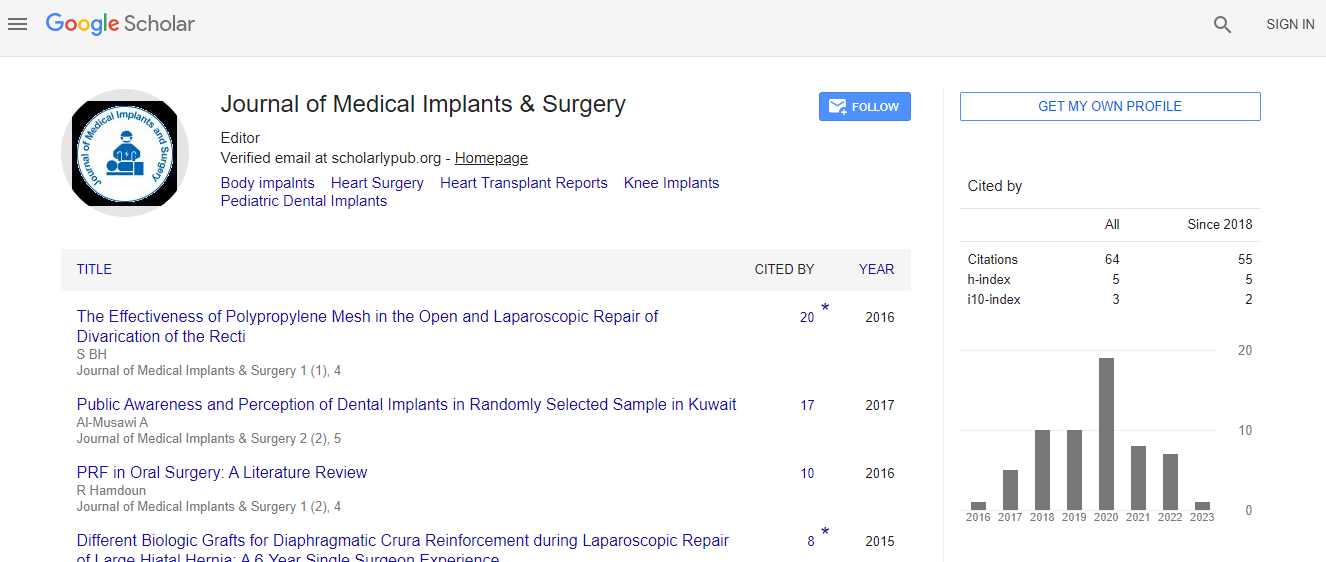Trends of Negative Appendicectomy rate at a University Hospital; does pre-operative imaging play a role?
Abstract
Objective: To determine the trend of the negative appendicectomy
rate and its’ relationship with radiological imaging
in patients presenting with right iliac fossa pain.
Methodology: Patients who underwent appendicectomy
were identified using our electronic theatre database.
Data regarding age, sex, histology, inflammatory markers,
imaging, length of stay, readmission and any alternative
diagnosis were collected retrospectively from January
2015 to June 2018.
Results: 802 patients were identified during the study
period. 132 patients (16.5%) had a histologically normal
appendix.
We found a consistent decrease in the negative appendicectomy
rate of 20.9%, 18.1%, 14.0% and 6.3% in the
years 2015, 2016, 2017 and 2018 respectively. The use of
imaging has been variable at 78%, 75%, 66% and 83% in
the years 2015, 2016, 2017 and 2018, respectively. Males
more commonly underwent an appendicectomy comparing
to females (53.6% versus 46.4%). However, females
accounted for 69.7% of cases of negative appendicectomy.
In the negative appendicectomy group, 67.5% male did
not have any imaging done in contrast to 7.6% females.
The most common imaging modality used was ultrasound
scan (52%). Computed tomography (CT) was performed
in 9% of patients. 13% of patients had both ultrasound
and CT scan.
Conclusions: There has been a decreasing trend in our
negative appendicectomy rates. However, there is no clear
relationship between the use of imaging and negative appendicectomy
rate. Risk-benefit assessment of each patient
should be carried out individually prior to imaging.
We also recommend that scoring systems such as Appendicitis
Inflammatory Response (AIR) and Alvarado prediction
scores be used regularly along with consideration
given to imaging.

 Spanish
Spanish  Chinese
Chinese  Russian
Russian  German
German  French
French  Japanese
Japanese  Portuguese
Portuguese  Hindi
Hindi 